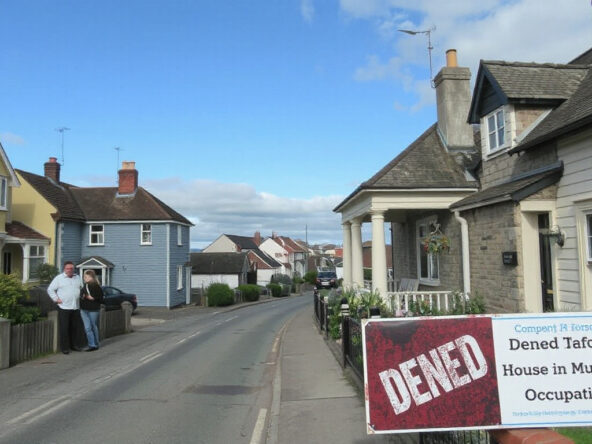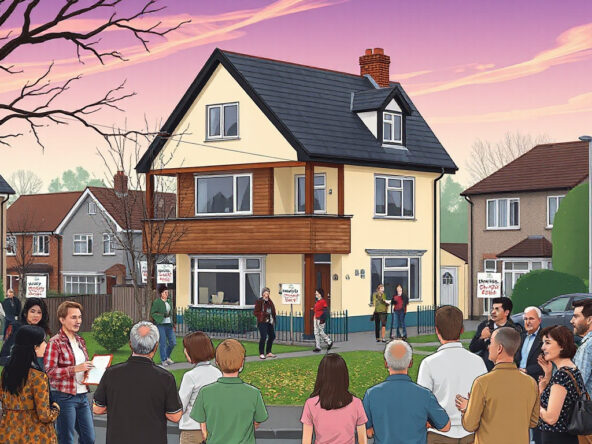In a significant overhaul of property taxation, starting from April 2025, property owners in England, particularly those with second homes, should prepare for substantial increases in council tax. Under new legislation enacted in 2024, local authorities will have the authority to impose a council tax premium that could effectively double the existing rates on second homes not regarded as primary residences. This change seeks to address the ongoing housing crisis in popular tourist locations, where rising property prices have made it increasingly difficult for local residents to secure affordable housing.
Key Takeaways
- Starting in April 2025, second home owners in England could see their council tax bills double due to new laws allowing a 100% premium.
- Local councils anticipate generating over £100 million annually from this tax, aimed at alleviating housing shortages in popular areas.
- These changes could negatively affect house prices in coastal and rural regions as families reassess the viability of maintaining holiday homes.
Overview of the Proposed Council Tax Changes
Starting in April 2025, property owners across various regions in England may confront substantial hikes in council tax rates for their second homes. Following recently enacted legislation from early 2024, local councils have been given the authority to impose an additional council tax premium of up to 100% on properties identified as second homes, provided they do not serve as the primary residence of the owner. This means that the average council tax bill for these secondary properties could double, escalating from approximately £2,171 to about £4,342 annually. Local authorities are mandated to inform homeowners of these potential increases a year prior to implementation.
The driving force behind these proposed changes is primarily aimed at addressing the pressing housing shortages in popular areas known for second homes. The goal is to make more properties accessible for local residents struggling to cope with surging housing costs and market pressures. Reports indicate that upwards of 150 local councils, particularly those in desirable tourist hotspots such as Cornwall, South Hams, and Cumberland, are likely to adopt this second home tax premium. This initiative is projected to generate over £100 million yearly for local councils, thereby bolstering community services and infrastructure.
Similar strategies have been observed in Scotland, where councils are permitted to charge rates that may double the standard tax for second homes, and in Wales, where the premium can escalate as high as 300%. Furthermore, financial analyses suggest these tax hikes could potentially dampen property prices in certain coastal and rural areas, especially in light of increasing mortgage rates and rising living expenses that are compelling families to reconsider the affordability of maintaining holiday homes.
Potential Impact on Local Housing Markets
The potential implications for local housing markets under these new regulations are substantial. As councils implement this increased council tax premium on second homes, many homeowners may find it financially unviable to maintain their properties, prompting them to sell. This influx of properties onto the market could lead to a noticeable shift in housing dynamics, particularly in regions heavily reliant on tourism (Morris, 2024). Furthermore, as local residents gain access to more available homes due to the sale of second properties, it could create a more balanced housing market, which is particularly crucial for families and first-time buyers who have been edged out by rising prices (Baker, 2024). Noteworthy is how these changes may attract discussions around sustainable tourism and responsible property ownership, calling attention to the community’s long-term health and accessibility (Jones, 2024). Overall, while the policy aims to support local residents, its effects on market stability and property values will need careful monitoring as implementation approaches.




